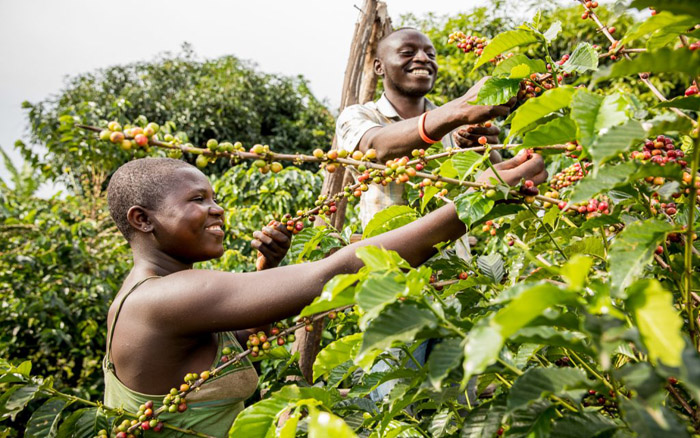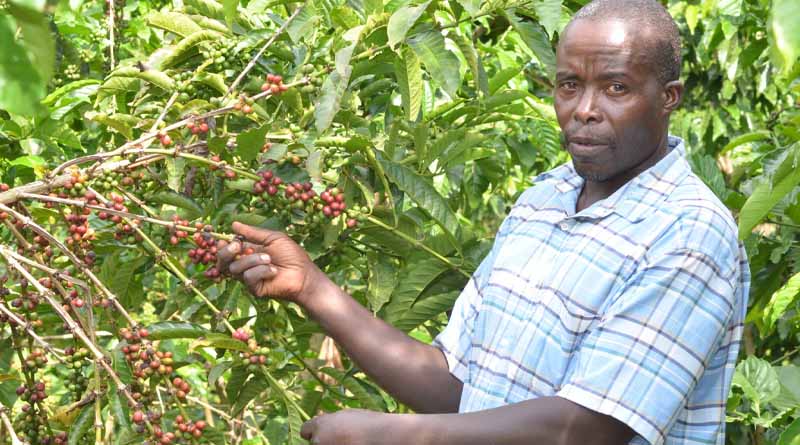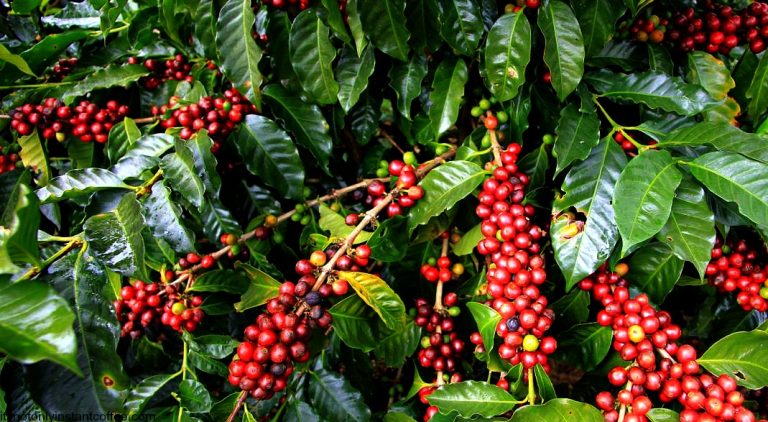
Uganda has begun implementing its much-touted Parish Development Model in order to entice more smallholder farmers to the country’s money economy.
President Yoweri Museveni introduced the Parish Development Model concept in February 2022, with the goal of lifting 17.5 million Ugandans out of poverty and bringing the country’s subsistence households into the money economy.
Uganda has historically battled with other poverty-eradication projects such as the Youth Livelihood Program, Operation Wealth Creation, and the Rural Farmers Scheme.
According to all reports, the concept is being pushed as a means of achieving the country’s third National Development Plan’s targets of 18.5 percent poverty reduction and 0.37 percent income disparity.
Sixty-one percent of Ugandans live outside the country’s money economy, and three-quarters of the population is categorized as impoverished under the International Poverty Line of $3.20 per day.
President Museveni asserted in his 2023 Labour Day speech that “if we seriously implement the Parish Development Model, we shall generate 70 million jobs in the seven million homesteads across the country through modern agriculture alone.”

Other poverty-eradication projects in Uganda have already failed, including the Youth Livelihood Program, Operation Wealth Creation, and the Rural Farmers Scheme.
The Parish Development Model is Uganda’s last-mile plan for developing a strong and resilient food system by producing 14 important commodities.
The country hopes to improve its household poverty reduction efforts this time around by focusing on poverty and food insecurity at the parish level.
Uganda has 10,694 parishes, each with a population ranging from 450 to 30,000 people.
In terms of food insecurity, the World Food Program’s current Hunger Map shows that 15.6 million Ugandans are food insecure.
“Over the next five years, the goal is to transition 39 percent of Uganda’s low-income households from a subsistence economy to sustainable commercial agriculture production,” Uganda’s Local Government Minister Raphael Magyezi said.
“The Parish Development Model will ensure that the country’s smallholder farmers, who make up 80 percent of the agricultural workforce, not only produce for survival but also have the opportunity to participate in the money economy.”
Farmers merely need to register with their parish heads and present the authorities with a strategy for spending the monies.
President Museveni, who emphasizes the importance of households participating in the money economy, has indicated that the model, which has been allotted 70 million dollars, has the potential to increase Uganda’s GDP rate to at least 7% by 2040.
The Parish Development Model is Uganda’s last-mile plan for constructing a strong and resilient food system by producing 14 important commodities: maize, bananas, beans, cassava, sweet potatoes, dairy, coffee, tea, cocoa, and fish.
“The Parish Development Model will create on-farm and off-farm employment opportunities for many rural underprivileged smallholder farming households, as well as promote value addition and investments in agro-processing,” said Dr. Agnes Apea Atim, vice chair of the Uganda Parliament’s Agriculture, Animal Industries, and Fisheries Committee.
Alimansi Nagaya is one of many smallholder farmers seeking to benefit from the approach, which is funded by a revolving budget of $26,819.02 per parish.
With the proceeds from the model, the 28-year-old hopes to develop his plantain, tomato, and sweet potato farming business.

“I intend to use the money to buy higher-quality banana suckers, sweet potato vines, and tomato seeds.” “I want to expand my farming business so that I can produce more food for sale,” he explained.
Kevina Magola, a 32-year-old smallholder farmer in Iganga’s Nakigo hamlet, is similarly hopeful. “I need extra seeds because I’m thinking about planting more corn for sale rather than just for food,” he explained.
Dr. Fred Muhumuza, a prominent Ugandan economist and researcher, stated that by prioritizing food system resilience from the ground up, Uganda is establishing a solid foundation for the development of its rural communities.
“Resilience is stronger at the grassroots, so building it from there is critical,” Dr Muhumuza explained.
Uganda’s Vision 2040 intends to elevate the country to middle-income status by 2026, hoping to replicate the triumphs of Malaysia and South Korea, which used such techniques to bring their citizens out of poverty.
The South Korean model, the Theory of Development State, gained hold in the 1970s, when President Park Chung Hee proposed ambitious agricultural and rural modernization programs to boost domestic production and improve rural livelihoods.
Malaysia’s New Economic Policy, implemented in the 1970s, and the National Development Policy, implemented in 1991, were designed to achieve economic growth and improve the welfare of the country’s rural citizens through the development of the agriculture sector, agriculture support services, and integrated area and institutional development.
Tanzania and Kenya, in East Africa, have recently adopted models similar to Uganda’s.
Tanzania, where agriculture employs 65 percent of the population, is seeking to increase productivity, commercialization, smallholder farmer income, food and nutrition security, and GDP contribution through the Agricultural Sector Development Program phase II.

The initiative began in 2017 and will last ten years.
Each parish will have a cooperative society that will receive government money.
Kenya’s Agriculture Sector Transformation and Growth Strategy aims to change the sector by increasing the earnings of small-scale farmers, increasing agricultural output, and improving household food resilience.
Kenya has around 4.5 million small-scale farmers.
According to preliminary estimates, the policy might improve the lives of 3.3 million small-scale farming households (about 15 million Kenyans) and contribute 1.2 billion dollars to Kenya’s agricultural GDP per year.
How the Ugandan model works
Farmers registries have been issued by the government in each of the country’s 10,694 parishes.
Farmers merely need to register with their parish heads and present the authorities with a strategy for spending the monies.
Each parish will have a cooperative society that will receive government money.
Concerns regarding the model
Scholars argue in a paper titled The Path to Sustainable and Inclusive Development: Rethinking Uganda’s Parish Development Model Realization Strategies that Uganda’s model suffers from conceptual weaknesses and a lack of research.
Some lawmakers have mentioned a lack of critical infrastructure, including as roads and electricity, in many of the country’s parishes as a risk factor.
The researchers, Janet Amito, George William Masha, Benard Cankara, and Davis Byaruhanga, stated that the model’s success will be heavily dependent on how the government fine-tunes its implementation strategy.
Some politicians are also concerned, citing the lack of critical infrastructure such as roads and electricity in many of the country’s parishes as danger factors.
There is also concern that not enough sensitization has taken place.
Juliet Kinyamatama, a member from central Uganda’s Rakai District, warned that if infrastructure development was not prioritized before the deployment, the cash will be wasted in many parishes.
According to agricultural expert Erick Okwalinga, while the Parish Development Model is important, Uganda can benefit from opening up to technology that will allow it to grow.
“Biotechnology can help smallholder farmers increase yields,” he asserted.
“Uganda already has a strong biotechnology research ecosystem that is developing crop varieties that are resistant to extreme weather events, pests, and diseases.” They will be required for smallholder farmers.”



